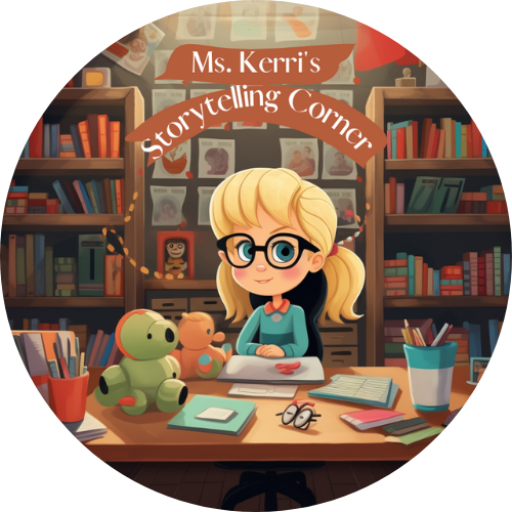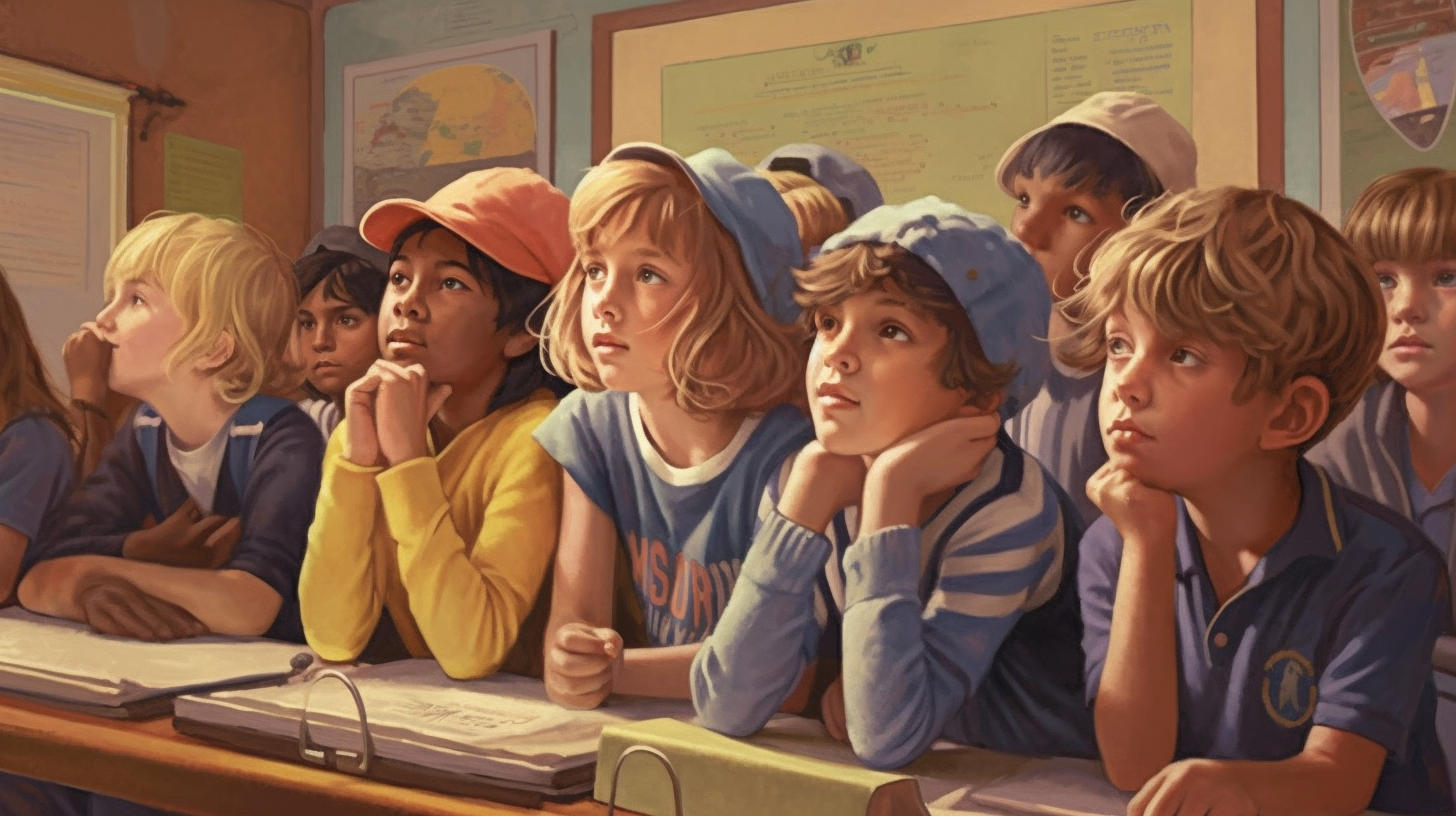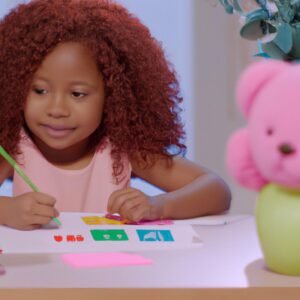Engaging Storytime Activities for Children – Making Reading Fun
Storytime is a great way to introduce young children to the wonderful world of books. Engaging storytime activities for children can help to develop their love for reading and make the experience fun and interactive. In this section, we will explore a variety of interactive storytelling ideas, as well as fun toddler storytime activities and creative preschool storytime activities.
By incorporating these engaging storytime activities into your child’s routine, you can help to captivate their attention and foster a love for books that will last a lifetime. Let’s dive into the world of exciting storytime activities and make reading fun for your child!
Firstly, interactive storytelling ideas can help to keep your child engaged during storytime. Whether it’s through using different voices or incorporating props and actions, interactive storytelling can make the experience more exciting for children. Additionally, fun toddler storytime activities can help to keep their attention while developing their listening skills. For preschoolers, creative storytime activities can stimulate their imagination and curiosity, making the reading experience even more enjoyable.

Overall, engaging storytime activities for children are a great way to enhance their love for reading and make the experience more interactive. Whether you are reading to a toddler or preschooler, incorporating these activities can help to create a fun and exciting storytime experience that your child will look forward to every day.
Now, let’s move on to exploring educational storytime activities and interactive picture books for children in the next section.
Educational Storytime Activities and Interactive Picture Books for Children
Storytime isn’t just about entertaining children; it’s about helping them develop literacy skills and a love of reading. Educational storytime activities and interactive picture books are great tools to achieve this goal.
Interactive Picture Books
One of the best ways to engage children during storytime is through interactive picture books. These books use illustrations, textures, and interactive elements to keep children interested and involved in the story. Examples of interactive picture books include pop-up books, lift-the-flap books, and touch-and-feel books.
When reading interactive picture books, encourage children to touch and explore the different elements on each page. This helps to promote sensory development and keep children engaged.
Educational Storytime Activities
Educational storytime activities not only entertain children, but they also promote literacy skills. These activities can include reading comprehension exercises, critical thinking games, and vocabulary-building activities.
One example of an engaging reading activity for kids is to have them listen to a story, and then ask them questions about the plot. This helps to develop comprehension and critical thinking skills. Another example is to read a story and then have children make connections between the story and their own lives or experiences. This helps to promote language development and vocabulary-building.

Engaging Reading Activities for Kids
In addition to educational storytime activities, there are many engaging reading activities for kids that can promote a love for reading. For example, reading aloud to children from a young age helps to foster a love for books. Asking children to choose their own books to read is another great way to get them excited about reading.
Other engaging reading activities for kids include acting out stories, creating crafts related to the story, and even creating a story of their own. These activities help to make reading a fun and interactive experience for children.
In Conclusion
By incorporating educational storytime activities and interactive picture books into storytime, parents and caregivers can help children develop literacy skills and a love for reading. Engaging reading activities for kids can also make reading a fun and interactive experience, helping to create lifelong readers.
Creative Storytelling Props and Interactive Nursery Rhymes for Toddlers
Toddlers are full of energy and curiosity, making it challenging to keep them engaged during storytime. One way to capture their attention and make the experience more interactive is by incorporating storytelling props into your sessions.
Storytelling props are objects that enhance the story and engage children’s senses and imagination. For example, you can use puppets, dolls, or stuffed animals to act out the story, adding a visual and tactile element. You can also use everyday objects, such as scarves or hats, to represent characters or settings in the story.
Using storytelling props during storytime can help toddlers understand and interpret the story better, making the experience more interactive and enjoyable.
Interactive nursery rhymes are another fun way to keep toddlers engaged during storytime. Nursery rhymes are short, repetitive songs or poems that incorporate gestures or movements, making them perfect for toddlers who love to play and move around.
For example, you can use a nursery rhyme like “The Itsy Bitsy Spider,” where children can mimic the spider’s movements with their fingers and arms, or “Twinkle, Twinkle, Little Star,” where they can use their hands to create the shape of a star.
Using interactive nursery rhymes during storytime can help toddlers develop their motor skills, hand-eye coordination, and cognitive abilities.
Overall, incorporating storytelling props and interactive nursery rhymes into your storytime sessions can make the experience more fun and engaging for toddlers. It helps them develop their creativity, imagination, and social skills, while also cultivating an early love for storytelling and reading.
Captivating Bedtime Stories for Children
Bedtime stories are a beloved tradition for many families. Not only do they help children wind down after a busy day, but they also provide an opportunity for parents and caregivers to bond with their little ones. Creating captivating bedtime stories is a great way to promote imagination and creativity in children, as well as improve their language and communication skills.
Here are some tips for crafting captivating bedtime stories:

Create a Compelling Plot
A good story must have an engaging plot that captures the interest of the listener. Think of situations that your child can relate to or that spark their curiosity. You can also use the power of their imagination to create fantastical stories about magical creatures or whimsical adventures.
Use Detailed Descriptions
Children have vivid imaginations, and using descriptive language can help bring characters and settings to life. Use sensory words that paint a picture in your child’s mind. For instance, instead of saying “the tree was big,” try “the tree was towering and had a trunk as thick as a car.”
Add Suspense
Suspense is an effective tool in capturing children’s attention. Use cliffhangers or unexpected plot twists to keep your child engaged and eager to hear what happens next. You can also use repetition or a rhythmic pattern to build anticipation.
“Once upon a time, in a faraway land, there lived a brave knight. He traveled far and wide, in search of adventure. And in the end, he found a treasure more precious than gold.”
Use Character Voices
Using different voices for each character can make the story more exciting and bring the characters to life. You don’t need to be a master of accents; a change in tone or pitch can often be enough to differentiate the characters.
Encourage Participation
Encourage your child to participate in the story by asking questions or allowing them to fill in the blanks. You can also ask them to predict what will happen next or ask them how they would solve a problem that the character is facing in the story.
By incorporating these techniques into your bedtime storytelling, you can create captivating and memorable stories that will delight and inspire your child.

Conclusion
Incorporating engaging storytime activities into children’s routines can have numerous benefits. Not only do these activities make reading a fun and interactive experience, but they also foster a love for books and improve literacy skills. Throughout this article, we have explored a variety of engaging storytime activities suitable for different age groups from toddlers to preschoolers. We have discussed the use of interactive storytelling ideas, educational storytime activities, creative storytelling props, and captivating bedtime stories.
The Importance of Storytime
Creating a regular storytime routine can have a profound impact on a child’s development. Storytime provides an opportunity for children to develop their language skills, increase their vocabulary, and improve their comprehension and critical thinking. Moreover, it instills a lifelong love for reading which is an essential tool for academic success.
The Role of Parents and Caregivers
Parents and caregivers play a crucial role in fostering a love for reading and creating an engaging storytime experience for children. They can do this by choosing age-appropriate books, incorporating interactive elements, and making storytelling a fun and regular part of the child’s routine. Furthermore, parents and caregivers can model good reading habits, which can inspire children to read more frequently.
In conclusion, whether it’s through educational activities, interactive picture books, storytelling props, or captivating bedtime stories, parents and caregivers can create a rewarding storytime experience for children that will inspire their imagination and lifelong love for reading. Start incorporating engaging storytime activities into your child’s routine today and witness the magic of storytelling come to life!


Ms. Kerri’s Corner provides a exciting virtual space for preschool learning. Through a variety of engaging activities, she exposes young minds to early math, literacy, science and social-emotional skills in a developmentally appropriate way. Centers for blocks, art, books and music allow children to explore hands-on learning at their own pace. Guided lessons subtly introduce number sense, letter sounds and narrative thinking. Careful observation gives insight into each child’s progress across domains. Viewers are also invited to participate, reinforcing that their ideas are valued. By making learning fun yet purposeful, Ms. Kerri lays the groundwork for future academic success while fostering creativity and imagination. Her program offers preschoolers valuable screen-based learning experiences.




